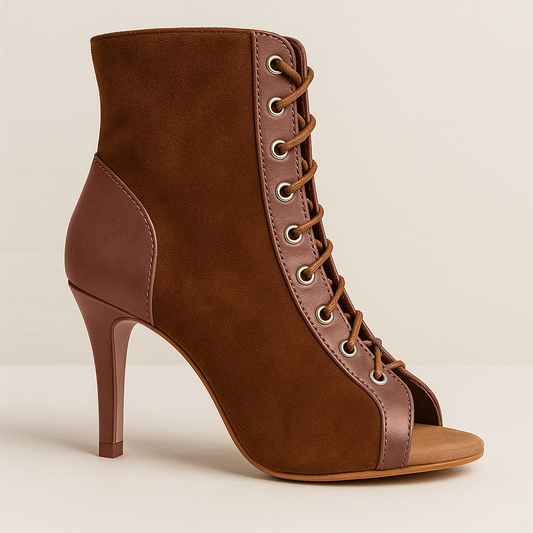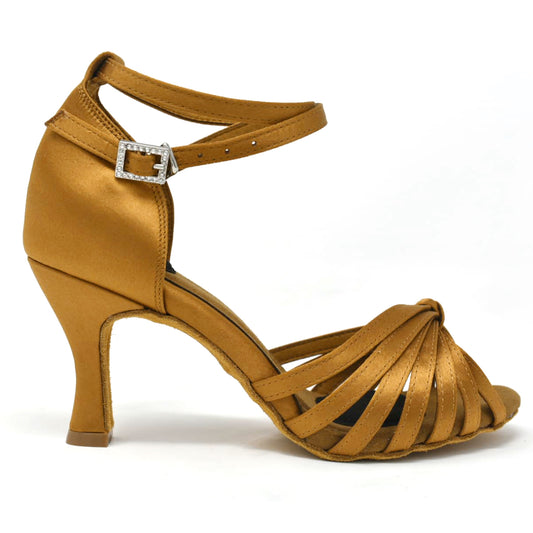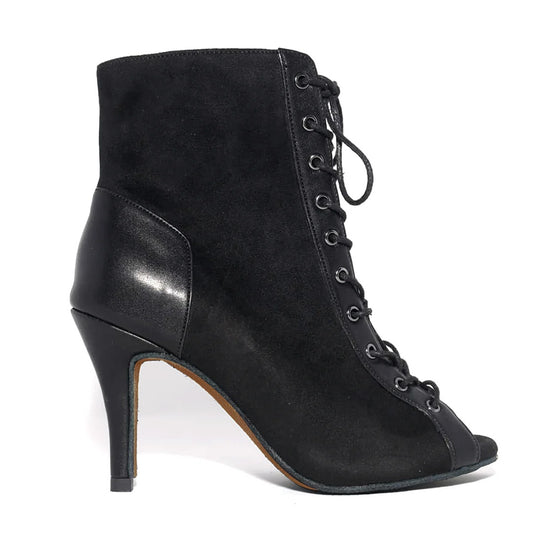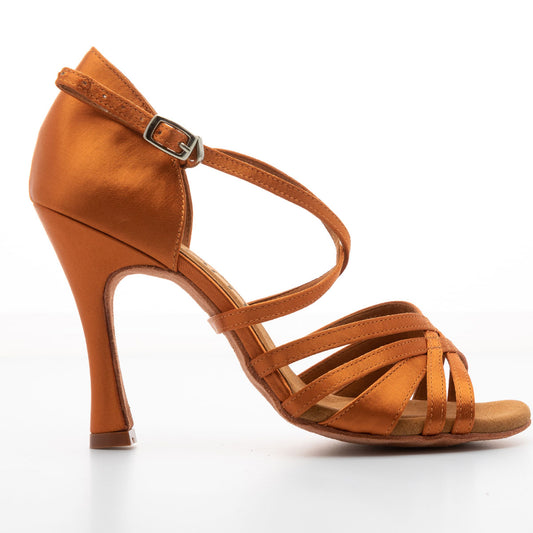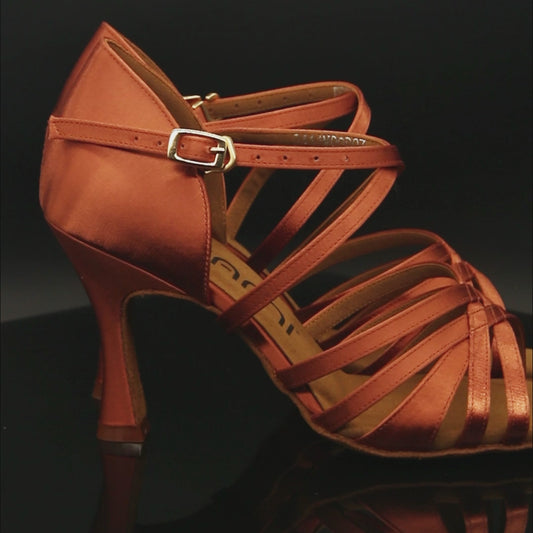Introduction

Photo Credit: Starlight Dancing
As a dance enthusiast deeply enamored with the world of Latin dance, particularly salsa and bachata, I've always been fascinated by the evolution of dance shoes. This journey is not just about fashion or functionality; it's about the history and culture
The Roots in Europe

Photo Credit: Dance Passion FL
The story of dance shoes begins in Europe. During the 16th to 19th centuries, ballroom dancing was the epitome of social gatherings among affluent families. Special shoes were a necessity for these hours-long dances, often matching the elaborate ensembles of the attendees. Initially, both male and female dancers wore heeled shoes. However, as ballet gained prominence in European courts, heel-less, slipper-like shoes became the norm for ballet dancers, setting the stage for the modern ballet shoe we know today.
Early Latin Dance Shoes

Photo Credit: Remix Vintage Shoes
Latin dance, known for its fiery footwork and passionate choreography, required a different kind of footwear. In its early history, Latin dancers wore heeled shoes with suede soles, which allowed them to glide and slide on the dance floor without slipping. These shoes were designed to be more flexible than conventional shoes, providing freedom of movement essential for Latin dance styles.
Design for Function and Fashion

The design of Latin dance shoes is a careful balance of function and fashion. The padding protects the feet, while the soles are designed to grip the dance floor, allowing for intricate moves like gliding, spinning, and tapping. Men's Latin dance shoes typically have about an inch of heel, while women's shoes can have heels up to 3 inches. This design places the dancer's weight on the toes, facilitating easier toe leads and hip movements.
Modern Trends in Latin Dance Shoes

Today, Latin dance shoes are not just a part of the dancer's attire but a fashion statement. They are designed to complement the slinkiest party dresses, often adorned with sparkly hardware. Sleek, strappy designs are popular, echoing the sultry nature of Latin music and choreography. The variety in heel height and style is vast, catering to every dancer's preference.
Evolution of Materials and Styles

Photo Credit: Wikipedia
The evolution of dance shoes is marked by the introduction of various materials like leather, satin, suede, and canvas. Each material serves a purpose, accentuating the dancer's style and technique. From the modest heeled pumps of the 1700s to the ballet slippers of Marie Camargo and the pointe shoes of Amalia Brugnoli and Marie Taglioni, each era brought innovation to dance footwear.
Tap Dancing and Latin Influence

Photo Credit: Dance with Heidi
Interestingly, tap dancing, which gained popularity before the tap shoe itself, contributed to the evolution of dance shoes. It's a fusion of various dance styles, including African rhythms and Irish clogging styles, leading to the creation of rhythm tap in the 1920s. This melting pot of cultural influences mirrors the diversity and richness of Latin dance styles like salsa and bachata.

